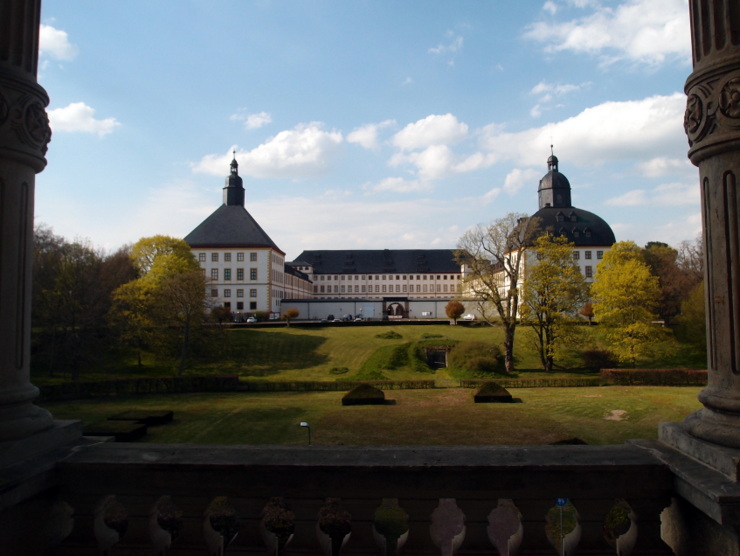
I took this view of Friedenstein Castle (Schloss Friedenstein) from the staircase of the Ducal Museum of Gotha. The early Baroque palace was built in the mid-17th century by Ernest I, Duke of Saxe-Gotha. [German]
You only see what you know (Goethe)

I took this view of Friedenstein Castle (Schloss Friedenstein) from the staircase of the Ducal Museum of Gotha. The early Baroque palace was built in the mid-17th century by Ernest I, Duke of Saxe-Gotha. [German]
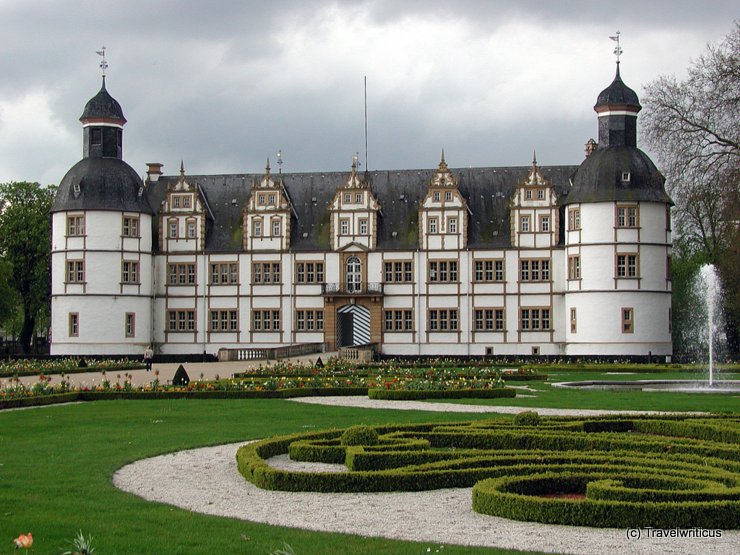
In Paderborn, I visited a palace in the style of the Weser Renaissance named Schloss Neuhaus. In 1994, a State Garden Show took place on the palace grounds (Schlosspark). So, I had a lovely walk along the flower beds, dating back to this event. [German]

The Roman fort Biriciana, nowadays known as Kastell Weissenburg, was occupied by cavalry units during ancient times. The photo shows the reconstructed north gate (Porta decumana) of the fort area. In Roman times, this gate led to the Limes. [German]
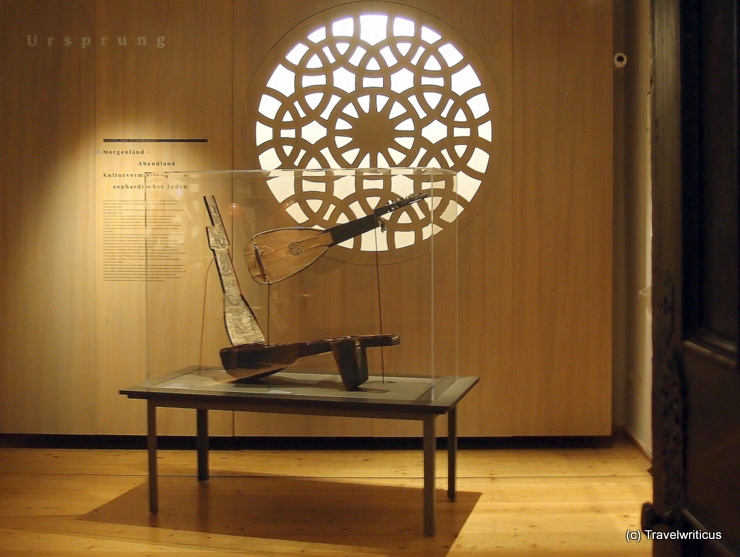
Füssen has been a centre of the lute- and violinmaking industry for many years. In 1562, the city saw the foundation of the first lute makers’ guild in Europe. Today, the Museum of Füssen displays an extensive collection of historical lutes and violins.
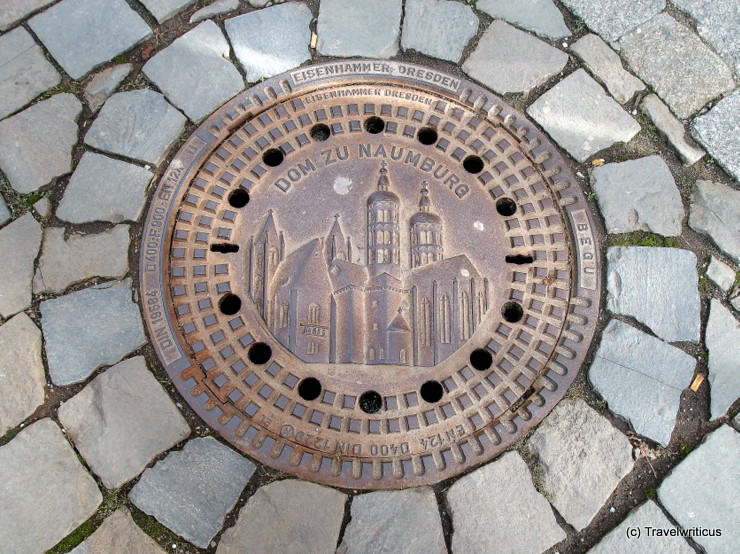
This manhole cover displays the cathedral of Naumburg (Saale). The German full name is Naumburger Dom St. Peter und St. Paul. The cathedral dates back to the 13th century and is part of the Romanesque Road (Straße der Romanik) in Saxony-Anhalt.
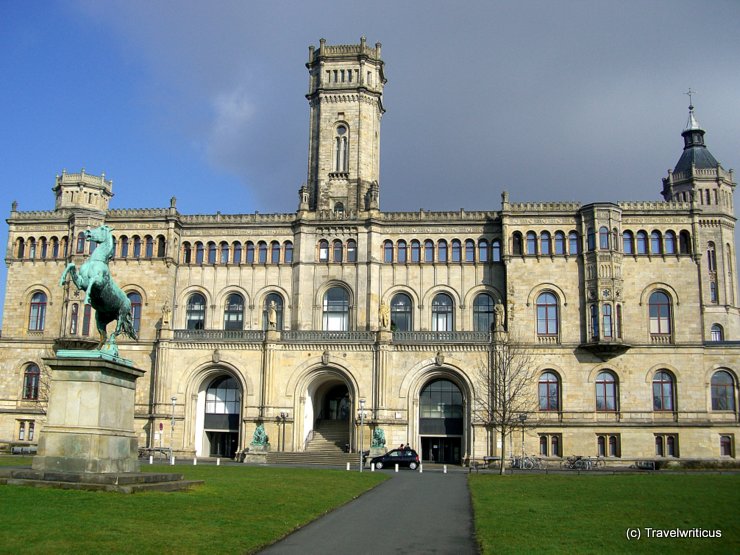
The Welfenschloss in Hanover was once intended to serve as a summer residence for King George V and his family. This use never occurred. Today, the building houses the Gottfried Wilhelm Leibniz University. [German]
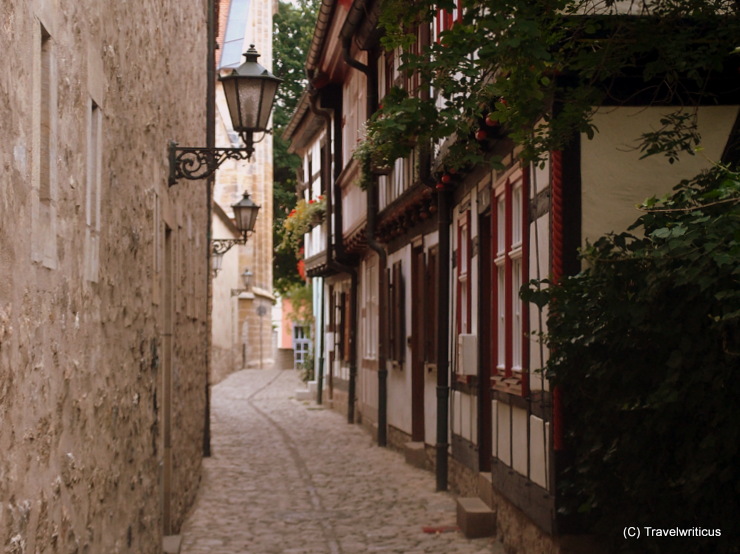
Visitors of Erfurt find this romantic lane named Kirchgasse next to Augustine’s Monastery (Augustinerkloster). Martin Luther stayed as a monk in this monastery from 1505–1511.

During a horse-drawn carriage tour around Moritzburg Castle, we arrived at a lake with a small lighthouse. The Moritzburg lighthouse was originally part of a naumachia and a backdrop for noble people who used to sail on the lake. [German]

The Harzer Schmalspurbahnen (Harz Narrow Gauge Railways) are widely known for their steam trains running up and down the Harz Mountains. But they also offer diesel railbuses (Class 187) dating back to the 1990s.
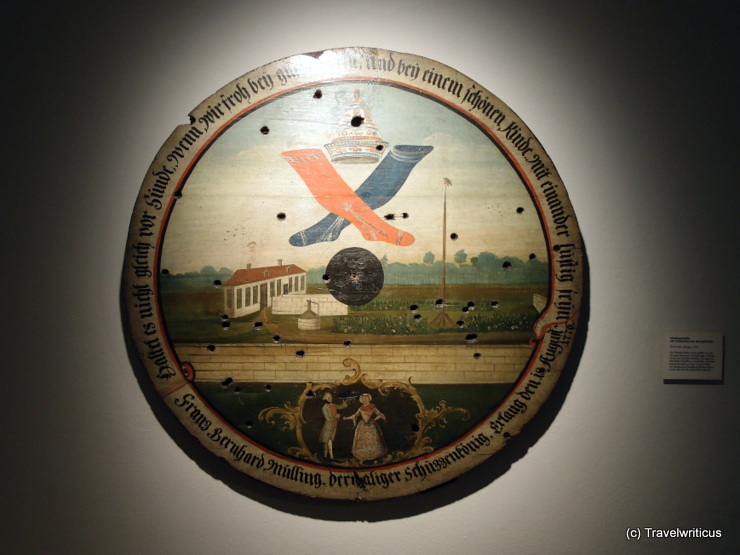
You find the Erlangen City Museum in the former town hall of the Old Town (Altstadt) on Martin- Luther-Platz. It shows the city’s history from its beginnings to the 20th century. Especially worth seeing is the depiction of the history of the Huguenots. [German]

The memorial site to Ernst Abbe reminded me more of a temple than a simple monument. A look through the glass door increased the impression. The dainty image of the industrialist and social reformer Ernst Abbe rested on a massive herm. [German]
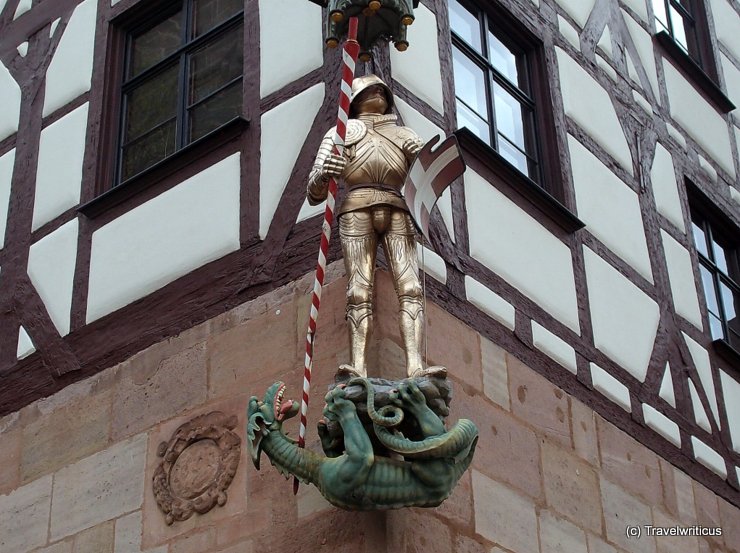
The house sign of the Pilatushaus in Nuremberg shows Saint George fighting the dragon. The motif fits well. The owner of this home was a Plattner (amorer), and George was the Saint of his craft guild.